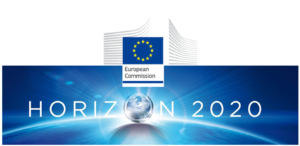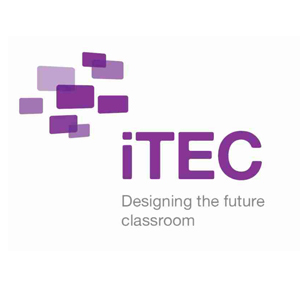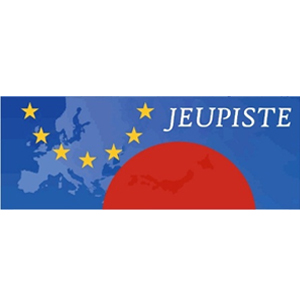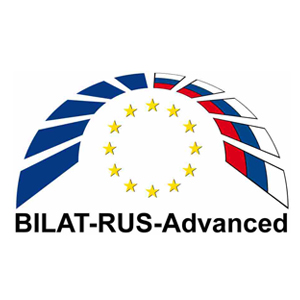E
ven though political tensions between Russia and the European Union are high due to recent events, the two entities still maintain collaborative projects – mostly in innovation, science and technology. Horizon 2020 is an EU-funded project and is the world’s largest publically funded initiative. The project is open to non-EU applicants, amongst which Russia has received the most amount of funding.
1. Russia’s Position In Horizon 2020
“Horizon 2020 is a key actor in helping further establish Russia as a center of innovation, develop its international scientific position and improve international cooperation with the EU.”
Three separate programmes will be focused on: research, innovation and societal challenges such as health, clean energy and transport. There will, however, be an emphasis on climate change.

Horizon 2020 is the biggest EU Research and Innovation programme
Horizon is also one of the major instruments to tackle economic and financial issues that both the EU and Russia face. It does so through investing in research, development and innovation. Additional problems the regions are facing would include sustainable development and global warming – whose consequences have been critically underestimated. The world has seen extreme events due to global warming, making the adoption of measures to combat the process a priority in Horizon 2020’s programme.
Russia owes its science base heritage to the former Soviet Union. Today, however, the Federation’s funding of science is a mere 1.1% of its GDP and hasn’t seen any stable growth.
The Russian Federation inherited a strong science base from the former Soviet Union. However, federal funding of science in Russia until now was only about 1.1% of GDP and has not shown stable growth.
2. EU-Russia Cooperation
The European Union and the Russian Federation have a strong history of cooperation in science and technology, based on common interests and mutual benefit.
The Common Space in Research, Education and Cultural Matters was created in 2003 by both the EU and Russia. It aims to reinforce their cooperation in research and development on the basis of common values and shared interests.
The Joint Science and Technology Cooperation Committee are working groups that meet regularly to discuss potential research topics where both sides can benefit. Areas of research include aeronautics, energy, environment, agriculture, health, infrastructures, nanotechnologies and space.
Another programme called The EU-Russia Science and Technology Cooperation Roadmap sets out potential new actions in order to strengthen and build a strategic partnership between the two entities in the fields of research and innovation.
Russia continues to be the most successful international cooperation partner country when it comes to the amount of EU financial compensations, the number of participants as well as collaborative actions they participate in. We will next discuss about three collaborative programmes between Russia and the EU in the fields of science, technology and innovation
3. EU-Russia Collaborative Programmes
 ERA.NET RUS Plus is a programme that involves 28 consortium members. It focuses on research projects in the fields of technology, health, social sciences, innovations and the environment. Its major objective is to deepen the transnational collaboration between the Russian Federation and the European Union as well as reduce the impact of national borders on cooperative research.
ERA.NET RUS Plus is a programme that involves 28 consortium members. It focuses on research projects in the fields of technology, health, social sciences, innovations and the environment. Its major objective is to deepen the transnational collaboration between the Russian Federation and the European Union as well as reduce the impact of national borders on cooperative research.
The International Center on Environment and Remote Sensing is a Russian non-profit scientific foundation. It was established by the General Assembly of Founders. It aims to implement scientific activities and goals.
BILAT-RUS-Advanced is yet another collaborative project between the EU and Russia. Based on mutual interest and benefit, this programme aims to increase the two entities’ competitiveness through strategic partnership in scientific, innovative and technologic fields.
The European Union also benefits from partners like Japan. Find out more in our article about Japan-EU Partnership In Innovation, Science And Technology.















Leave a Reply